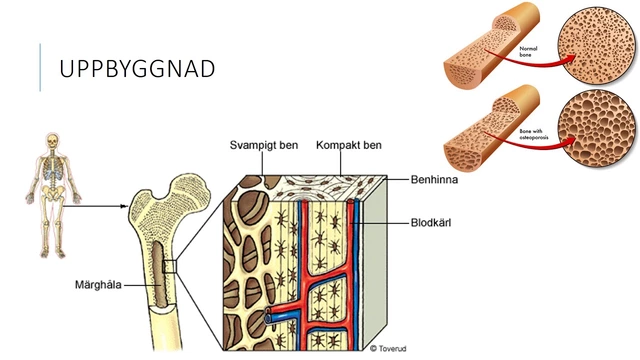Butyric Acid – What It Is, Why You Need It, and Easy Ways to Use It
If you’ve heard the term butyric acid and wondered if it’s worth a spot in your health plan, you’re not alone. This short‑chain fatty acid is produced naturally in your gut when good bacteria break down fiber. The result? A molecule that fuels colon cells, reduces inflammation, and even supports skin health.
What Is Butyric Acid?
Butyric acid belongs to the family of short‑chain fatty acids (SCFAs) along with acetate and propionate. Your colon’s friendly microbes churn it out from fiber‑rich foods like whole grains, beans, and certain vegetables. Once formed, butyric acid becomes the main energy source for the lining of your large intestine. That lining, called the epithelium, stays strong when fed this fuel, which helps keep unwanted bacteria at bay.
Research shows that higher levels of butyrate (the salt form of butyric acid) are linked to lower risk of colon cancer and better control of irritable bowel syndrome symptoms. It also signals the immune system to tone down chronic inflammation—a key factor in many metabolic disorders.
How to Add Butyric Acid to Your Routine
The easiest way is to boost the fiber that feeds your gut microbes. Aim for at least 25‑30 grams of fiber daily from foods like oats, lentils, broccoli, and apples with skin. If you struggle with fiber intake, a butyrate supplement can fill the gap. Look for capsules labeled “sodium butyrate” or “butyric acid powder.” Start with a low dose (300‑500 mg) and see how your stomach feels.
Another practical tip is to include resistant starches—foods that resist digestion in the small intestine. Cooked‑and‑cooled potatoes, rice, and pasta are good sources because they turn into a type of fiber when reheated. Adding a handful of fermented foods such as kefir or sauerkraut also encourages butyrate‑producing bacteria.For skin lovers, topical butyric acid isn’t common, but you can use products with fermented ingredients that naturally contain it. These creams may help calm redness and support the skin barrier, especially if you have eczema or rosacea.
Remember to stay hydrated when you increase fiber; water helps the SCFAs travel smoothly through your gut. If you notice gas or bloating at first, reduce the amount of new fiber and add it back slowly over a week.
Bottom line: butyric acid works behind the scenes to keep your colon healthy, calm inflammation, and may even protect against certain cancers. By eating more fiber‑rich foods or trying a modest supplement, you give your gut microbes the raw material they need to produce this powerful molecule. Give it a try and notice how your digestion, energy levels, and skin respond over the next few weeks.






